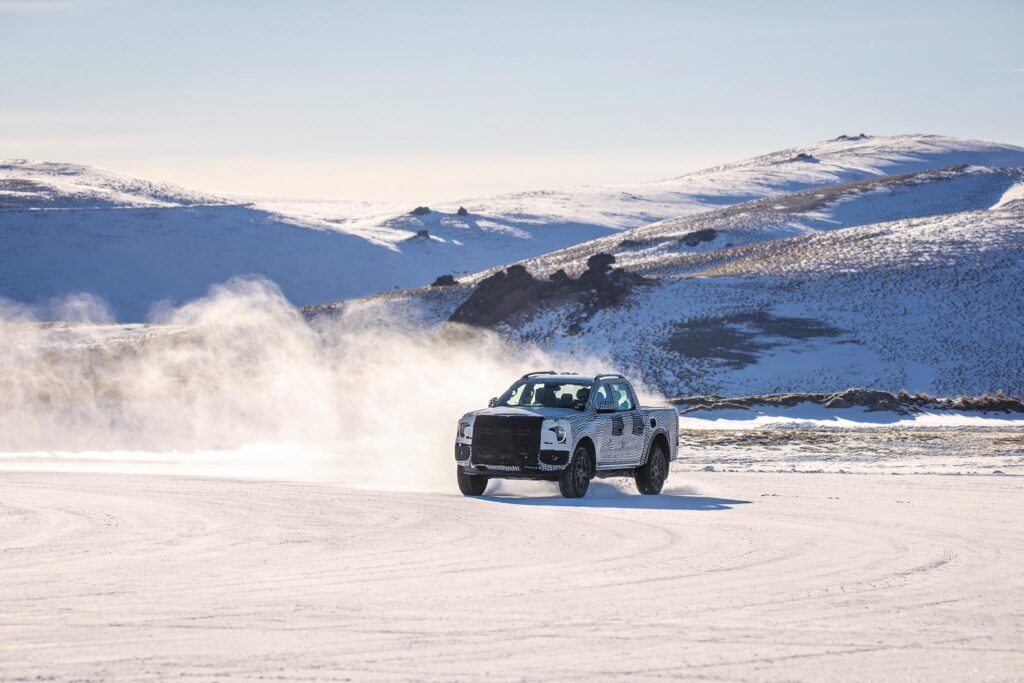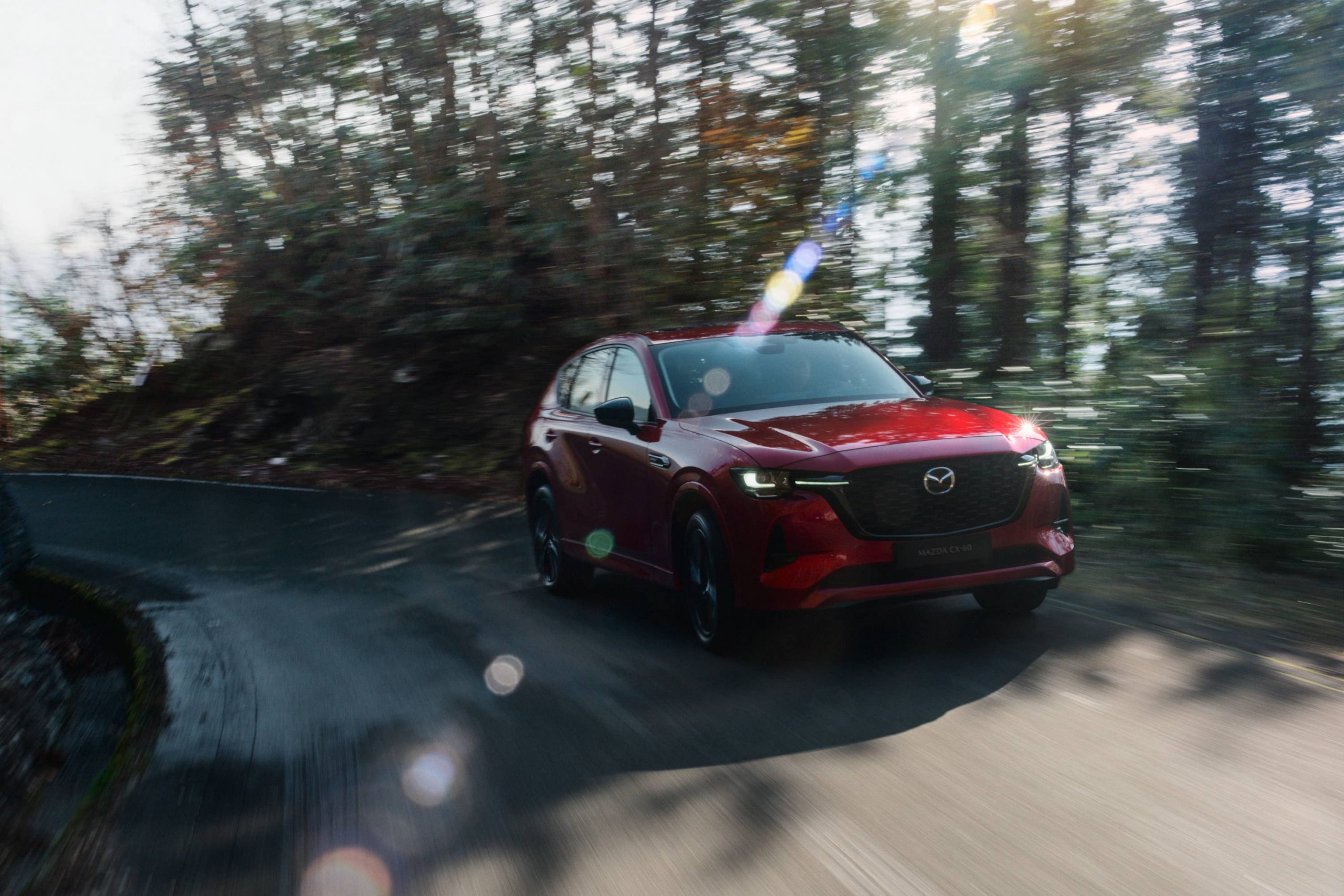Ford’s upcoming Ranger has continued to be put through extensive off-road testing prior to its predicted launch in 2023.
First revealed in camouflaged form back in September, the Ranger has been put through a punishing level of testing to ensure that it meets all desired standards when it hits the road.
In fact, the new truck – which shares its underpinnings with the upcoming replacement for the Volkswagen Amarok – has already covered around 10,000km (6,213 miles) of desert driving, the equivalent of 1,250,000km (776,714 miles) of customer driving and the equivalent of 625,000km (388,357 miles) of off-road durability testing – all conducted at maximum load capacity.
John Willems, Ford Ranger chief program engineer, said: “Earning a Built Ford Tough status is not something we take lightly.
“Every part of the next-generation Ranger was tested to the same standards that we demand of every Ford vehicle.
“It’s important that our customers are able to rely on Ranger to deliver years of dependable service. So, we’ve gone to great lengths to subject next-gen Ranger to extreme tests – stressing it much more than a typical consumer would – to help ensure it is ready to face everything life throws at it.

“Whether it’s tackling muddy bush tracks, coping with the rigours of extreme tropical weather, towing over alpine passes, or enduring temperatures of more than 50° Celsius, Ranger has to do it all.”
However, before the first physical prototypes even hit the road, Ford’s engineers put the Ranger through thousands of hours of computer simulations and real-world tests in labs, checking out the truck’s reliability and aerodynamics, among other aspects.
Computer simulations and robotics are used to replace humans in some tests, which are deemed ‘too rigorous’ for people to endure. In these tests, the pickup’s suspension and whole body are pushed through gruelling test cycles which are repeated 24 hours a day.










